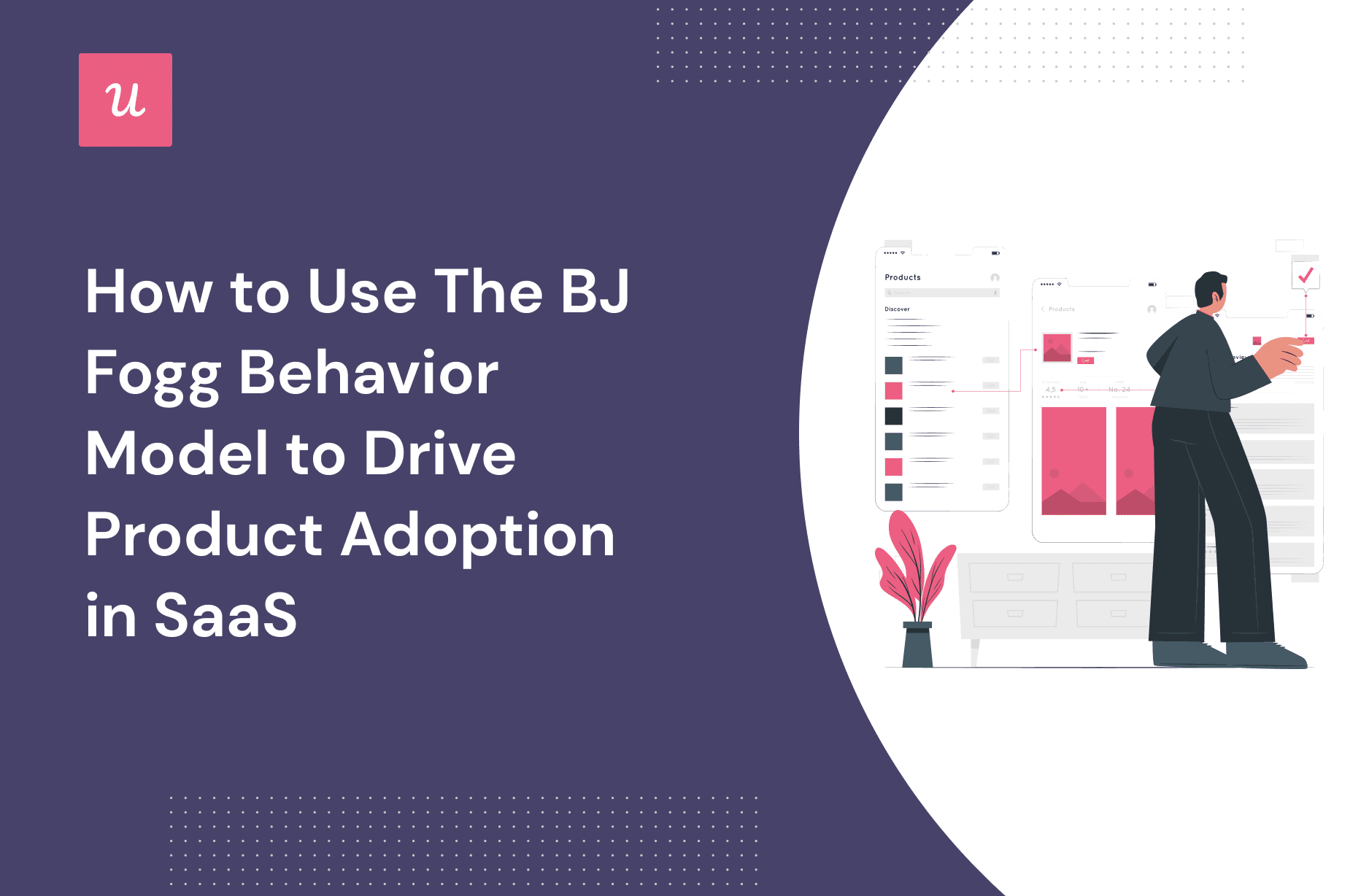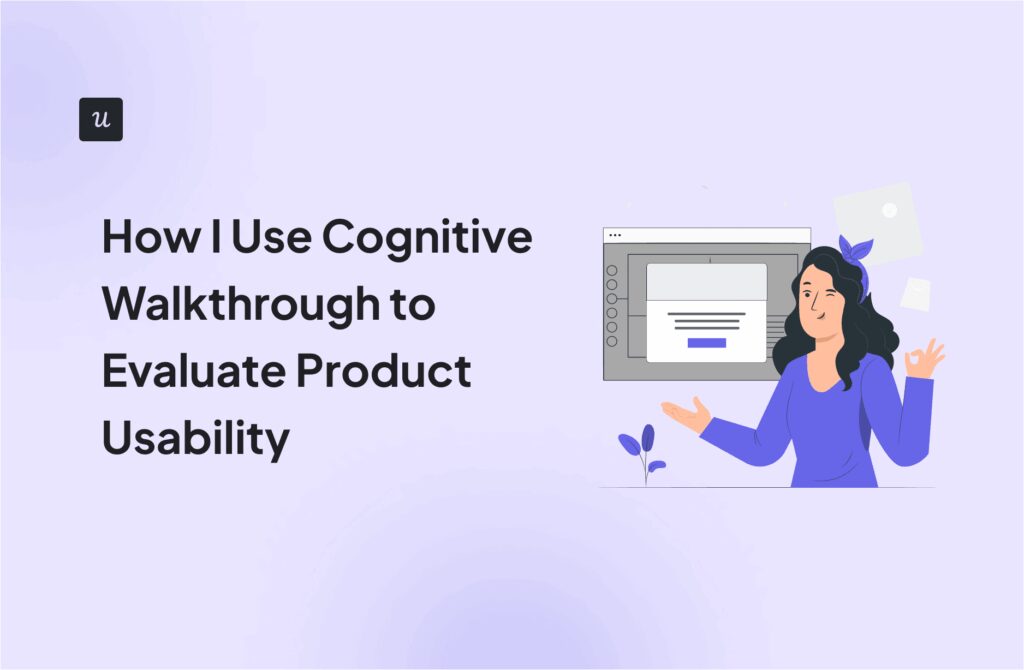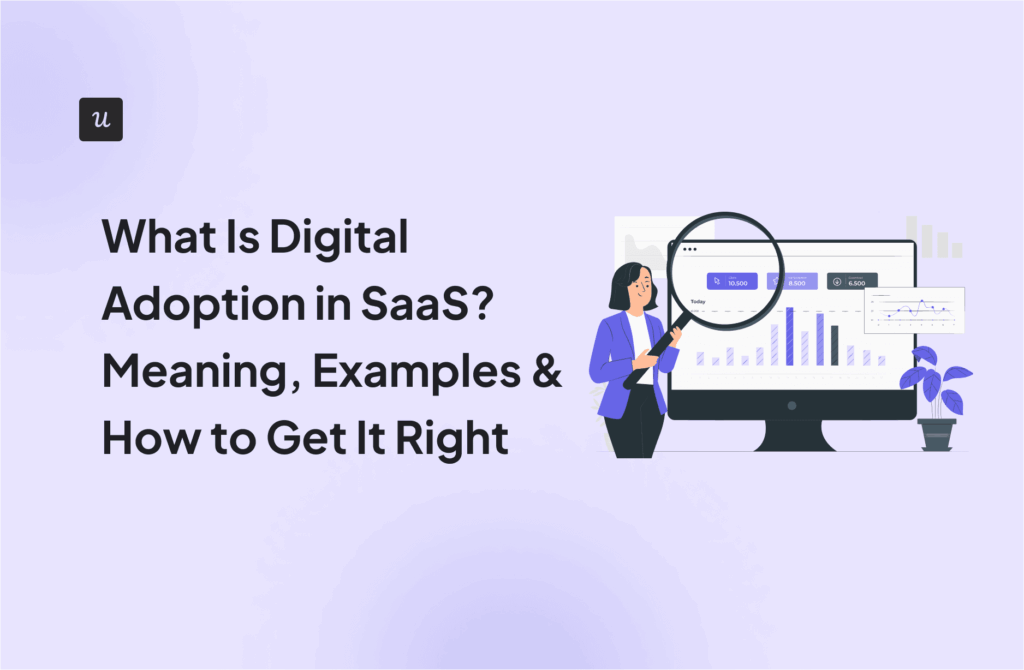
How to Use The BJ Fogg Behavior Model to Drive Product Adoption in SaaS
Ever wonder why people try a product, stay for a while, but leave before adopting the product?
The truth: understanding human behavior is tricky. You could either take a wild guess or use a proven framework like the Fogg Behavior Model to predict behaviors critical to product adoption.
So, how can the BJ Fogg behavior model be applied to anticipate and design for user behavior?
Let’s dive right in.
Try Userpilot Now
See Why 1,000+ Teams Choose Userpilot

What is the BJ Fogg behavior model?
By definition, the BJ Fogg behavior model is a framework for understanding how people adopt new behaviors. It was designed by BJ Fogg, a professor, and director of the behavior design lab at Stanford University.
Using the Fogg model, product managers can understand how people adopt new technologies and predict what drives product adoption in SaaS.
What are the three elements of the Fogg Behavior Model?
In his book “Tiny Habits: The Small Changes that Change Everything,” B.J. Fogg explains that three elements—motivation, ability, and prompt—must converge at the same moment to change behavior.
Let’s take a look at the three elements of the Fogg behavior model:
Fogg Behavior Model #1- Motivation
Motivation is the desire to take action. According to Fogg, “motivation is the most important part of the behavior model.” Yet, of the three, motivation is the most unreliable.
This is because it is influenced by intrinsic (self-motivation) and extrinsic (rewards) factors, which are interdependent.
The bottom line: without motivation, it is hard to change any habits.
Fogg Behavior Model #2- Ability
In Fogg’s model, the word “ability” is defined as simplicity. It means that a target behavior must be clear and simple for people to take action.
For example, using a single CTA instead of multiple ones at once.
Fogg Behavior Model #3- Prompts
Prompts are designed to help people remember what needs to be done (e.g., reply to a text). Without a prompt, motivation and ability can only go so far.
Typically, there are three types of prompts in our lives: person, context, and action prompt.
- Person prompts are internal urges that make us act on instinct.
- Context prompts, on the other hand, gather cues from the environment to take action, e.g., notifications.
- Action prompts are behaviors that trigger new behaviors, e.g., reading a new book might encourage you to take notes—a new habit.
How can the Fogg Behavior model help improve onboarding?
Using the Fogg behavior model provides a simple framework for improving engagement.
With it, you can improve onboarding to make it simple, engaging, and personalized so users stay on their path to adoption.
In Fogg’s behavior model, customers’ journeys are broken down into specific journeys each user must take to experience the value of a product. Apply the model’s principles to keep users on their path to activation.
Using ”Motivation” to drive behavior change and adoption in SaaS
To make people use your product and stay engaged with it over time, motivate them.
Sometimes, this could come in the form of incentives, celebrations, or badges. Though small, these elements often drive people’s actions, which in turn, influence their future decisions.
When onboarding users, use motivations like badges or extended trials to get users to complete their onboarding process. A simple reminder of the product’s value also works.
That said, here are a few ways to do it:
Use Aha moments as core motivators
An “Aha moment” is when a user realizes there might be value in something—in this case, using the product.
So, focus on creating them across the user journey to keep users motivated to engage with your product. This way, they’ll get value and, ultimately, end up adopting the product.
Aha moments are core motivators for users who have set expectations before trying your product.
So they need to happen fast: on a landing page, a welcome screen, or even a signup page value proposition, clearly stating what the product promises to deliver.
Miro uses product screenshots and messaging on their signup page to motivate people to take the next step.

In Userpilot, we use beautiful animation but emphasize our core messaging so no one misses it.

Alternatively, use a tooltip to point out a new feature and signal potential value. This will help users understand the features before trying them.

Use progress bars instead of monetary incentives
Don’t use monetary incentives to motivate long-term behavior.
Instead, use small tricks like progress bars to increase the chances of users engaging and completing tasks like signups or trying a new feature. Your goal is to keep them engaged so they can experience the value that’s promised.
Where can you use progress bars?
Inside onboarding checklist to increase the chances of a user completing the task and experiencing value.

Add gamification elements like success celebrations
We all repeat actions that bring us success. If this success is perceived as a big accomplishment, there’s a high chance we’ll replicate the behavior over and over.
When a user completes a task, celebrate that.
Use small celebration modals to acknowledge and celebrate success, such as reaching a milestone or completing a task. Celebration is an empowering motivator that gets users to keep engaging with your product.
Asana’s famous celebratory creatures are a good example; not only do they motivate users to complete more tasks, but they also drive engagement among team members.
And when more people adopt the product, it’s hard to switch to something else.

Using ”Ability” to drive behavior change and adoption in SaaS
Simplicity changes behavior.
Fogg’s model explains that if you want to encourage new behavioral patterns in someone, make it simple. The same rule applies to user onboarding.
Make your onboarding flow so simple that it requires less mental effort.
Otherwise, people will find an excuse to churn. The easier a user can access your product UI, the more they keep coming back—even when they’re not highly motivated.
Here are some ways to simplify your product:
Avoid cognitive overload with contextual guidance
The number one cause of churn is frustration. This could result from providing users with too little information or bombarding them with too much.
For instance, you might be tempted to add all types of in-app help all at once. Doing this will make it harder for users and cause cognitive load, or as we call it, mental load.
To create an amazing product experience, provide users with the right help at the right time. Using advanced segmentation you can deliver help and tips to users when they actually need them, thereby enhancing their ability to complete a task.
The smart segmentations are based on in-app behavior, product usage, and user needs.
In the long run, it’ll help you trigger the right type of guidance flow at the right time.

Focus on small wins and personalize the path to adoption
To boost product adoption, users must journey along a path that’s personalized for them. This includes creating simple steps and calling their attention to them.
Checklists are great to help users understand what they need to do to get value. But when you add 12 tasks to it, you create a mental load that encourages users to churn.
Focus on guiding users to achieve small wins.
Rather than one long checklist, use multiples across your user journey. This guides them to the activation point and allows them to adopt secondary features.
Always personalize the onboarding checklist for each user segment.
Here’s a short, yet mighty, checklist example from Kommunicate, a chatbot tool. With only two steps listed, users can quickly complete each task without feeling overwhelmed.

Provide self-service in-app support
The truth is, you can’t be available 24/7 to help users. Your customer service can’t be either.
When users want help, they want it to be specific and delivered right there and then.
Soon, you’ll find that your customer service is answering the questions over again, which is not efficient.
The solution is to build an in-app resource center and make it the hub of knowledge for your product. Here, users can find guides, video tutorials, chat support, documentation, etc., when they need it—and as many times as they need it.
Build it in a way that users have no excuse to leave your product to search for help from external sources. This improves their ability to use your product without friction.
Our resource center in Userpilot is built for users to quickly find answers to questions, either by text or by watching an in-app video tutorial.

Using ”Prompt” to drive behavior change and adoption in SaaS
Prompts are like triggers. Daily, we encounter thousands of prompts that let us perform certain actions, e.g., getting a notification of a new email triggers you to check your email.
BJ Foggs explains it this way: “No behavior happens without a prompt.”
And that is true—even in onboarding. During the user onboarding journey, a user can get motivated to complete an easy task, but without the right prompt (e.g a call to action), they simply don’t do it.
Here’s how to use prompts in user onboarding:
Help users discover value one prompt at a time
Use prompts to drive the desired behavior.
Every habit starts with a prompt—or a driving force. In SaaS onboarding, a prompt can happen in-app—checklists, modals—or outside the app, on communication tools like emails, SMS, phone notifications, etc.
This is how they work: they tell users what to do, how to do it, and the expected outcome or value they might get.
Let’s look at an example of a tooltip.
The short title quickly draws users to an idea of what they should pay attention to. Then, the description explains the headline and what can be achieved, and the CTA prompts action.
This way, you’re telling users how to get value from a product.

Replace product tours with interactive step-by-step guides
Contrary to popular opinion, using product tours is the opposite of prompting action. In fact, we believe that it’s the quickest way to get users to churn.
Users are forced to sit and watch an ”insert number above 10” slide or tooltip presentation tour of all your product’s shiny features.
The result? They either skip it, ignore it, get frustrated, or worse, they remember nothing. In other words, they take no action.
Replace product tours with helpful interactive guides that walk them step-by-step through adopting a feature for the first time. Pair these with tooltips or checklists to draw users’ attention to a specific feature relevant to them—you’ll need data and segmentation for this. Then trigger an interactive walkthrough when they engage with your prompt.
Remember Kommunicate’s checklist above? This is what triggers when the user clicks on customizing the chatbot.

And with Userpilot’s new native mobile SDK, you can extend this powerful onboarding to your mobile app users, creating targeted flows with slideouts, carousels, and push notifications, all without writing extra code.
Conclusion
By now, you should have a good understanding of the behavior model and how it can be applied to drive product adoption.
So, if you ever notice a drop-off in product adoption rates, go back to this model to find out what’s wrong.
Want to increase user adoption with in-app onboarding? Get a Userpilot Demo and see how you can get started today!






